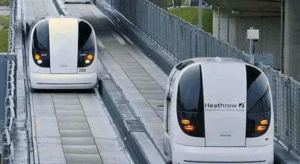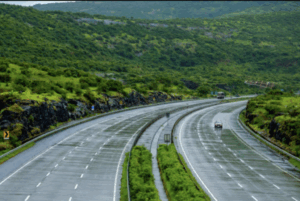The much-anticipated Delhi-Dehradun Expressway, a critical 212km corridor, is nearing completion. However, a legal standoff over a 1,600 square metre plot in Mandola has delayed its final opening. The Supreme Court has now stepped in, urging the expedited resolution of the dispute.

The Roots of the Conflict
The conflict dates back to 1998 when the UP Housing Board initiated the Mandola Housing Scheme, acquiring over 2,600 acres of land. While most affected families accepted compensation, Veersen Saroha refused and moved the Allahabad High Court. Despite the project’s eventual abandonment, Saroha retained his land.
Fast forward to the present, the National Highways Authority of India (NHAI) acquired land for the expressway, including the disputed plot. The Saroha family, now represented by Veersen’s grandson Lakshyaveer, challenged this acquisition, resulting in a legal impasse.
Supreme Court Intervention
The Supreme Court has directed the case to the Lucknow bench of the Allahabad High Court, with a hearing set for April 16. Acknowledging the expressway’s importance in reducing travel time between Delhi and Dehradun, the court has urged a swift resolution.
Project Significance and Road Ahead
Once operational, the expressway will dramatically cut down travel time between Delhi and Baghpat to under 30 minutes. With 20km of elevated roads and seamless connectivity from Akshardham to Baghpat, it promises to enhance regional connectivity and reduce congestion.
However, the expressway’s completion hinges on the legal verdict. The NHAI remains hopeful for a timely resolution, ensuring the expressway serves its purpose of facilitating faster and safer travel.
Conclusion
While infrastructure projects often face challenges, the Supreme Court’s intervention reflects the significance of the Delhi-Dehradun Expressway. A fair and expedited resolution is vital to balance public interest with individual rights, unlocking the full benefits of this transformative project.













